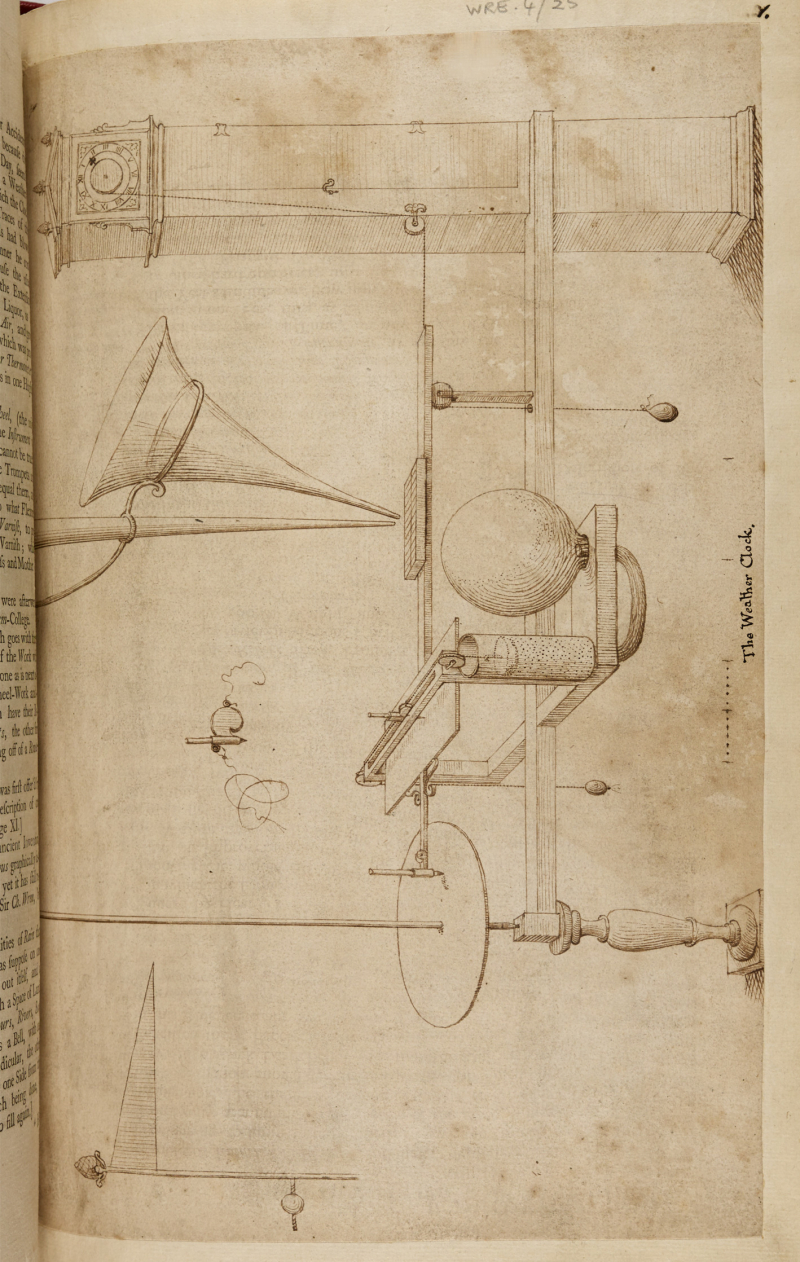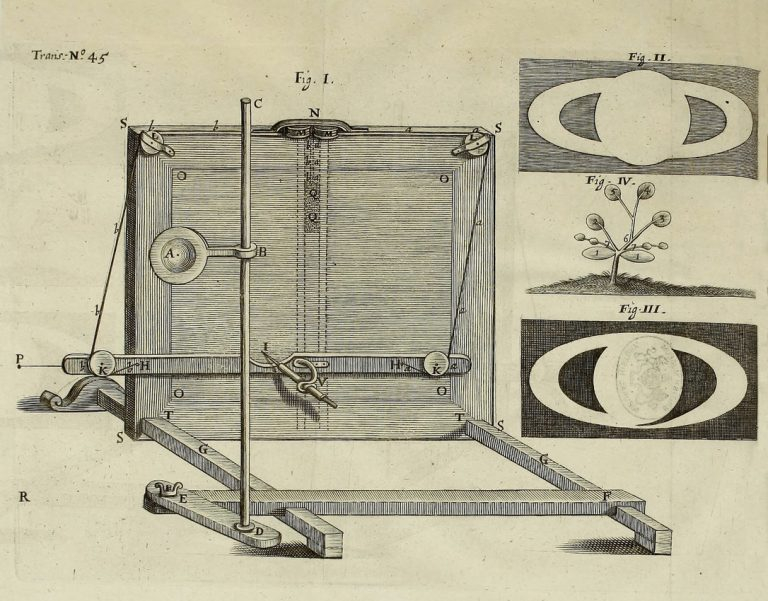He was also an instrument maker for science
He was a leading physicist in England and enrolled at Oxford University when he was just 14 years old. As an All Souls student, Wren built a transparent beehive for scientific study. He then started viewing the moon, which would eventually inspire him to create micrometers for telescopes. After being named a Savilian Professor at Oxford for a year, Wren joined the Royal Society as an active member. Wren did extensive research on mechanics as the Savilian Professor, particularly on elastic collisions and pendulum movements. The tipping bucket rain gauge was created by him in 1662, and in 1663 he created a "weather clock" that could measure temperature, humidity, rainfall, and barometric pressure. He also used his broad acumen in the study of meteorology. Robert Hooke finished a weather clock in 1679 that was based on Wren's design.
His invention of scientific instruments began at this time, and even Isaac Newton, an English astronomer, physicist, mathematician, and theologian, considered him a great geometer. It's possible that because of all the attention his work as an architect garnered, we don't hear much about Wren's incredible scientific accomplishments. Besides, Robert Hooke, a friend of Wren's, "Since the time of Archimedes, there seldom ever met in one man in so much perfection such a mechanical hand and so philosophical intellect."










